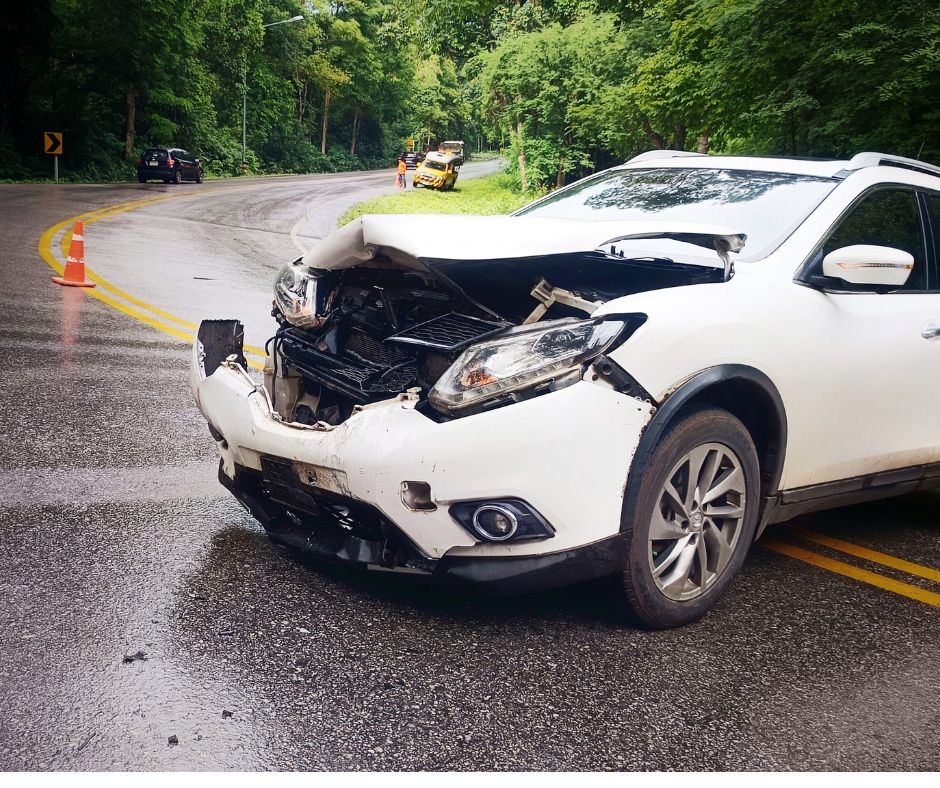Traumatic brain injuries (TBIs) are life-altering conditions that can lead to significant physical, emotional, and financial challenges.
Because the effects of a TBI can vary significantly based on the severity and circumstances of the injury, determining an average settlement for a traumatic brain injury can be complex.
Each case involves unique factors influencing the compensation amount, including the nature and extent of the brain injury, liability considerations, and the available insurance coverage.
Reach out to Silva Injury Law online or call (209) 600-4389 today for a free consultation.
In this post, we’ll explore the critical factors that determine brain injury settlement amounts and why having an experienced brain injury attorney assess the complexities of your case is crucial.
Injury Severity and Its Impact on Brain Injury Compensation
The severity of a traumatic brain injury (TBI) is one of the most significant factors affecting settlements. The degree of impairment directly correlates to the victim’s medical needs and quality of life.
TBIs fall into three levels of severity—mild, moderate, and severe.
- Mild TBIs. Mild TBIs may result in temporary symptoms like headaches, dizziness, or memory problems. While these injuries can resolve within weeks or months, they still impact daily life and work. Mild traumatic brain injury settlements tend to be lower because medical expenses are limited to short-term treatment. However, noneconomic damages for pain and suffering still play a role.
- Moderate TBIs. Moderate TBIs involve longer recovery periods and often require ongoing therapy, rehabilitation, and medical supervision. Victims may experience cognitive impairment, memory loss, and motor control issues, necessitating adjustments to their professional and personal lives. As a result, these settlements account for increased medical bills, lost wages, and compensation for long-term therapy.
- Severe TBIs. Severe TBIs frequently result in lifelong challenges, such as partial or total disability, permanent cognitive impairment, and significant emotional distress. These cases often require comprehensive medical care, rehabilitation, and lifestyle modifications, such as home modifications for accessibility. Severe brain injury verdicts and settlements typically include substantial compensation for economic and noneconomic damages, reflecting the significant impact on the victim’s life.
A thorough medical assessment is essential for documenting the full extent of the injury, including future care needs and any resulting loss of earning capacity.
Liability and Settlement Value
Liability is another critical factor influencing brain injury settlement amounts.
Proving that the other party was negligent or acted recklessly in causing the accident is essential. You can pursue maximum compensation if you can identify a liable party. Several parties may sometimes share liability for the accident, such as multiple drivers in a multi-vehicle crash or a combination of vehicle manufacturers and commercial trucking companies.
California follows a “pure comparative negligence” rule, meaning that a victim’s compensation can be reduced proportionately to their share of fault in the accident.
For instance, if you are 20% responsible for the accident, your total compensation will be reduced by 20%.
Total Damages
The settlement value for a traumatic brain injury also hinges on the total damages sustained by the victim.
Economic damages represent the financial costs directly related to the accident and injury, including medical expenses, lost wages, rehab costs, home modifications, and more.
Noneconomic damages encompass the intangible impacts of a TBI on a victim’s quality of life, including pain and suffering, loss of enjoyment of life, and emotional distress. The more severe your injury, the higher your noneconomic damages will likely be.
A knowledgeable attorney will work closely with medical experts and other professionals to evaluate all current and future needs and fight for a comprehensive car accident brain injury settlement.
Available Insurance Limits
Available insurance limits can significantly impact the average settlement for a traumatic brain injury. Identifying all potential sources of coverage can mean the difference between receiving partial reimbursement and securing comprehensive financial recovery.
Every insurance policy has a cap, known as the policy limit, which represents the maximum payout the insurer will provide for a claim. In accidents involving commercial vehicles or other high-value policies, the policy limits tend to be higher. However, if the at-fault party has only minimum liability coverage, this may not be sufficient to cover the victim’s full damages.
In some cases, additional layers of insurance coverage, such as excess or umbrella policies, can extend beyond the primary policy limits. Victims may need to rely on their own uninsured/underinsured motorist (UM/UIM) coverage if the at-fault party is uninsured or underinsured.
Sometimes, victims may be able to recover compensation from more than one policy, such as their own UIM coverage combined with the at-fault party’s liability insurance. An attorney can help identify all applicable policies to maximize available compensation.
How Insurance Adjusters Calculate Settlements
Insurance adjusters utilize various methods to quantify noneconomic damages when determining the value of a brain injury settlement.
While economic damages like medical bills and lost wages are more straightforward to calculate, noneconomic damages require a more nuanced evaluation. Adjusters calculate these damages using two standard methods: the per diem and multiplier factor models.
Per Diem Method
The per diem method assigns a daily monetary value to the victim’s pain and suffering. This value is multiplied by the number of days the victim is expected to experience symptoms related to the injury. The daily rate is typically based on the victim’s daily wage or salary.
This rate reflects the loss in quality of life equivalent to a day’s work, offering a measurable value for each day the victim suffers.
The per diem method works well in cases where recovery is relatively predictable. However, it may not fully capture the effects of long-term injuries or permanent disabilities.
Multiplier Factor Method
The multiplier factor method is another way to calculate noneconomic damages.
In this model, the total economic damages are multiplied by a factor to estimate a lump sum for pain and suffering. A multiplier factor, typically ranging from 1.5 to 5, is chosen based on several variables, such as injury severity, recovery period, and the impact on a victim’s quality of life.
Contact a Traumatic Brain Injury Lawyer at Silva Injury Law
If you’ve suffered a traumatic brain injury, Silva Injury Law is here to help. Our compassionate team understands the challenges and uncertainties you face and is dedicated to securing the brain injury settlement you deserve.
We will guide you through the legal process, thoroughly evaluate your case, and advocate for your rights at every step. Contact us online or call (209) 600-4389 today for a free consultation.
Let us put our years of personal injury experience to work for you and help you pursue justice for a traumatic brain injury.

















 EMAIL
EMAIL  Ask AI
Ask AI  Access
Access